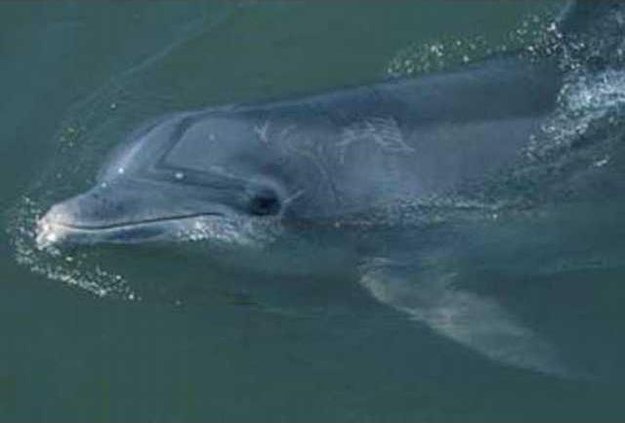SAVANNAH — Citizen-naturalists of The Dolphin Project have completed 20 years of work in the nation’s longest-running dolphin research program staffed by volunteers.
According to Beau Cutts, founder and first president of The Dolphin Project (TDP), more than 4,500 trained volunteers from Georgia, Florida, South Carolina, North Carolina and 16 other states have collected population and other information on dolphins for scientists during the past two decades.
"TDP members have donated their skills and labor — hundreds of thousands of hours so far — and have contributed approximately $1 million from their own pockets to pay for boat fuel, photographic film, record-keeping and other costs," he said. Personnel of the U.S. government and the Georgia Department of Natural Resources have given technical assistance, educational classes and nautical charts. The volunteers’ work is conducted under a federal research permit.
"We use family-style motorboats on sections of coastal Georgia and South Carolina," Cutts said. "Identifying and keeping up with individual dolphins through photography is a major part of our work. We have identified approximately 850 individual dolphins."
A 20-year celebration and evening program will be held Saturday, July 18, 2009, in Richmond Hill, near Savannah. The public is invited.
Cutts said members of The Dolphin Project, a nonprofit research and education organization, have taken a staggering number of photographs, approximately 600,000 from 1989 to 2009, to identify the health and travels of individual dolphins.
When a bottlenose dolphin surfaces to breathe, the fin on its back is momentarily visible in the air. The trailing edge of this dorsal fin has unique indentations and marks enabling researchers to identify an individual dolphin like a fingerprint can identify a person. With each photo of a dolphin, TDP members record the date, time, latitude and longitude.
"The trick is to get a clear photo from the side when the animal is up for air," said Peach Hubbard, the 2009 president of The Dolphin Project.

